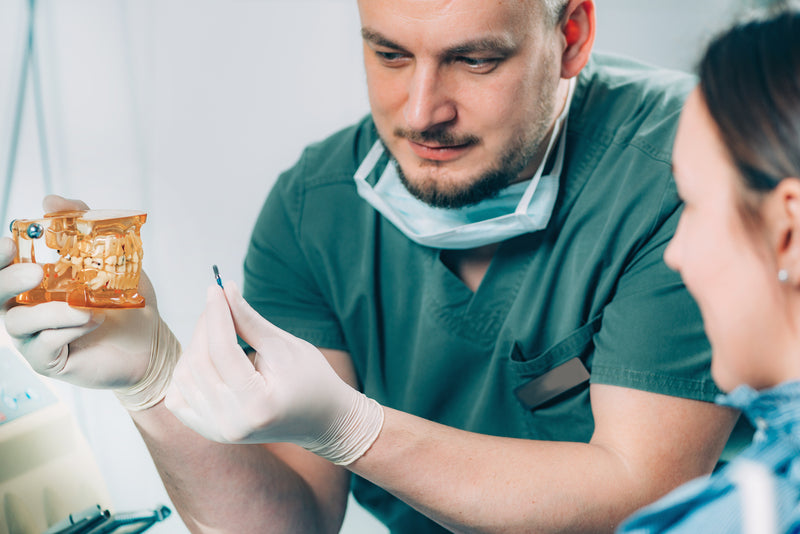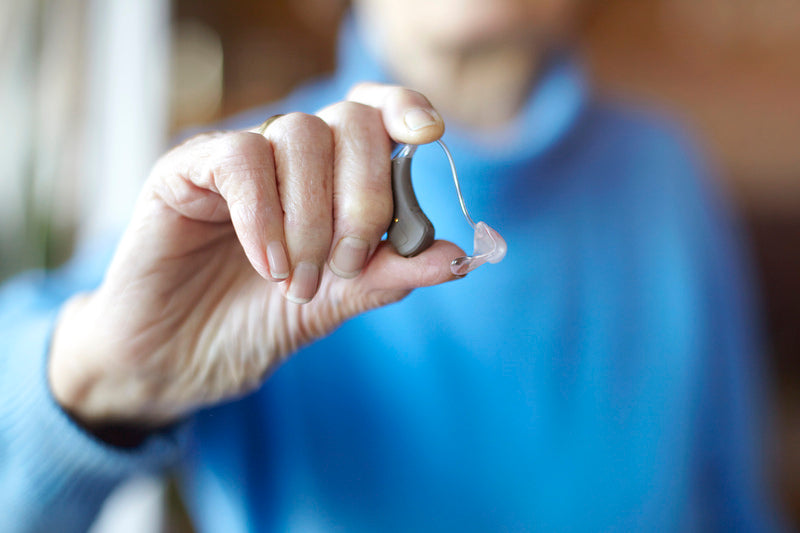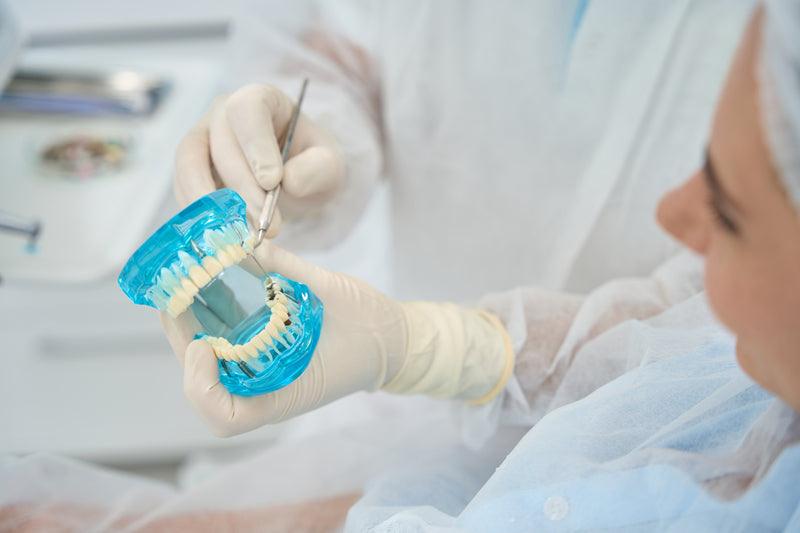Fatty Liver Disease: Signs & Treatments
Fatty liver disease, also known as hepatic steatosis, is a condition characterized by the accumulation of fat in the liver cells. It is becoming increasingly prevalent worldwide, primarily due to lifestyle factors such as poor diet and sedentary behavior. In this article, we will explore the signs and symptoms of fatty liver disease and discuss various treatment options available to manage the condition effectively.
Related Topics (Sponsored Ads):
Signs and Symptoms
Fatigue: Fatigue and weakness are common symptoms of fatty liver disease. The liver's compromised function can lead to a decrease in energy levels, affecting daily activities.
Abdominal Discomfort: Some individuals may experience discomfort or pain in the upper right side of the abdomen. This can be attributed to an enlarged liver or inflammation.
Weight Loss or Poor Appetite: Unexplained weight loss or a loss of appetite can occur in individuals with fatty liver disease. The liver's impaired function can affect the metabolism and digestion of fats.
Jaundice: In advanced stages of the disease, jaundice may occur, causing yellowing of the skin and eyes. This indicates liver damage and the accumulation of bilirubin.
Swelling: The accumulation of fluid in the abdomen and legs, known as ascites and edema, respectively, can be a sign of advanced fatty liver disease.
Elevated Liver Enzymes: Blood tests may reveal higher than normal levels of liver enzymes, such as alanine aminotransferase (ALT) and aspartate aminotransferase (AST). These enzymes leak into the bloodstream when the liver is inflamed or damaged.

Treatment Options
Lifestyle Modifications
The cornerstone of fatty liver disease treatment involves lifestyle changes. These include adopting a healthy diet, engaging in regular physical activity, and maintaining a healthy weight. A diet rich in fruits, vegetables, whole grains, lean proteins, and healthy fats can help reduce liver fat accumulation and promote overall liver health. Avoiding or limiting alcohol consumption is crucial, as alcohol exacerbates liver damage in fatty liver disease.
Weight Loss
Achieving and maintaining a healthy weight is vital in managing fatty liver disease. Gradual weight loss, typically 5-10% of total body weight, can significantly reduce liver fat. This can be achieved through a combination of a balanced diet and regular exercise.
Medications
In some cases, healthcare professionals may prescribe medications to manage fatty liver disease. These medications aim to control underlying conditions such as high cholesterol, diabetes, or obesity that contribute to liver fat accumulation. However, medication options for directly treating fatty liver disease itself are still limited.
Regular Monitoring and Follow-up
Regular check-ups with healthcare professionals are essential to monitor the progression of fatty liver disease and assess the effectiveness of the chosen treatment plan. Blood tests and imaging studies, such as ultrasound or fibroscan, may be conducted to evaluate liver health and determine the need for further interventions.
Management of Underlying Conditions
Fatty liver disease is often associated with underlying conditions such as obesity, diabetes, and high cholesterol. Managing these conditions is crucial for overall liver health. This may involve medication, dietary changes, exercise, and close monitoring by healthcare professionals.
Conclusion
Fatty liver disease is a common condition characterized by the accumulation of fat in the liver cells. It is essential to recognize the signs and symptoms of fatty liver disease to seek timely medical intervention. By adopting a healthy lifestyle, including a balanced diet, regular exercise, and weight management, individuals can effectively manage the disease and prevent its progression to more severe liver conditions. Regular monitoring and follow-up with healthcare professionals are crucial to ensure the best possible outcomes. Remember, early detection, lifestyle modifications, and adherence to medical




